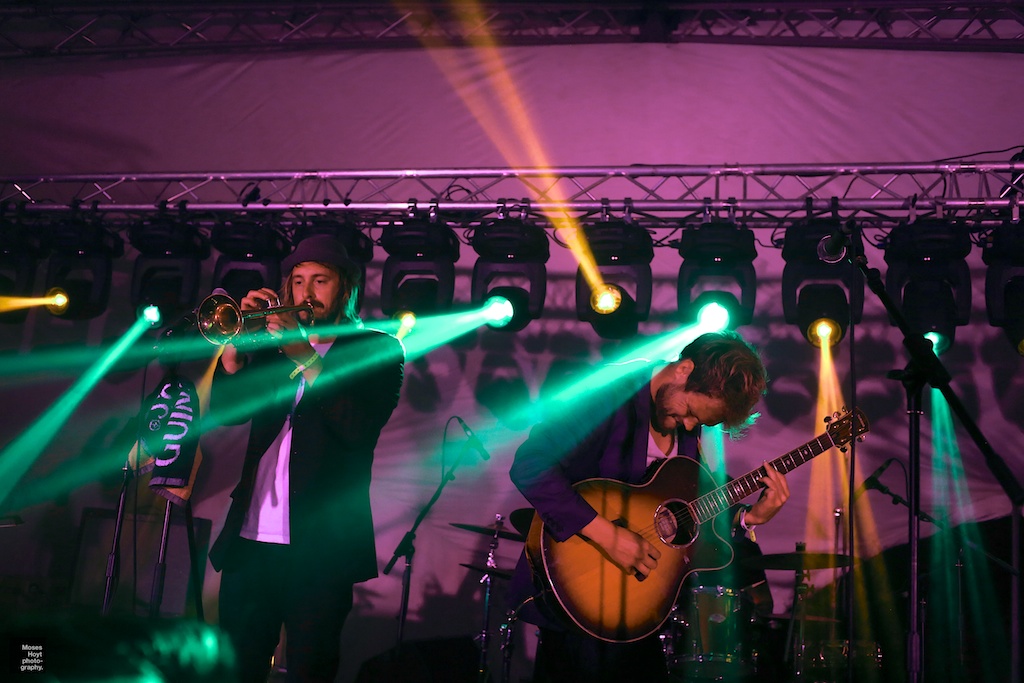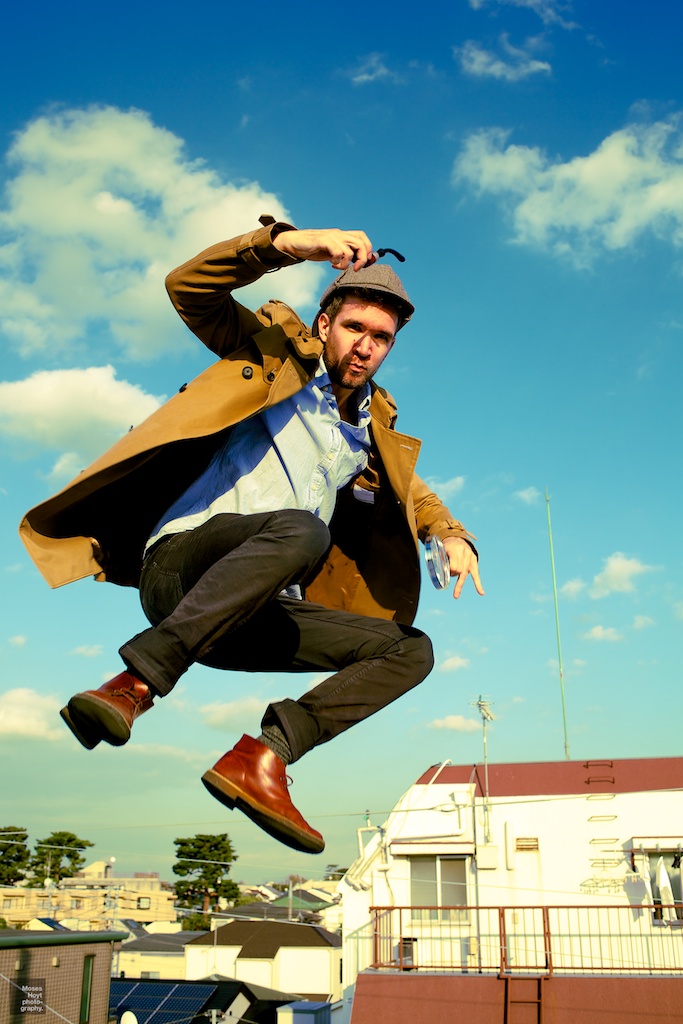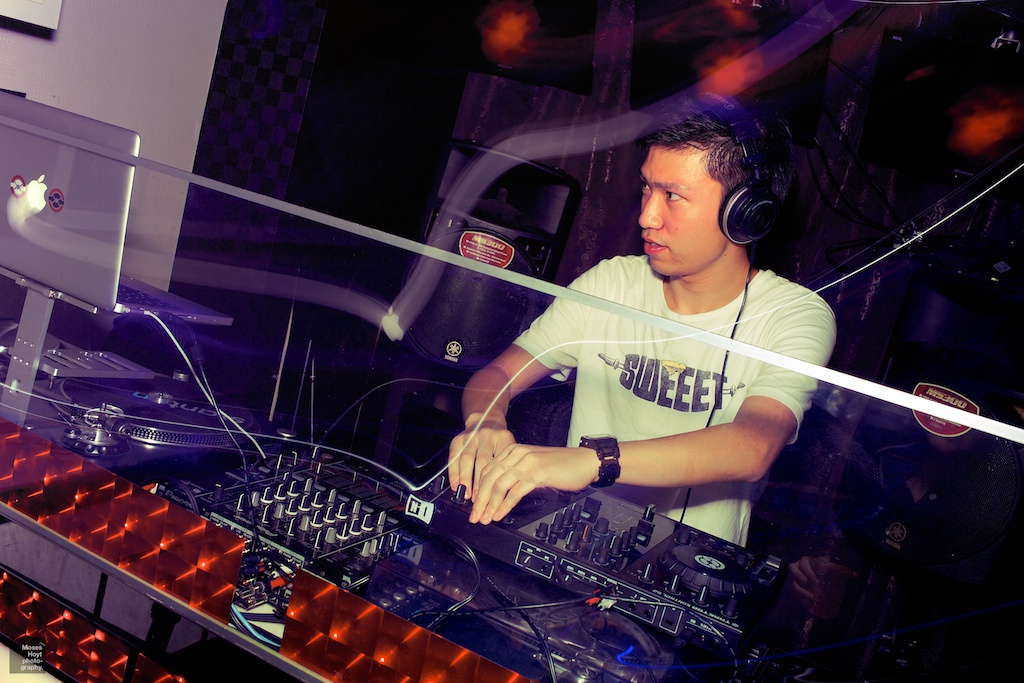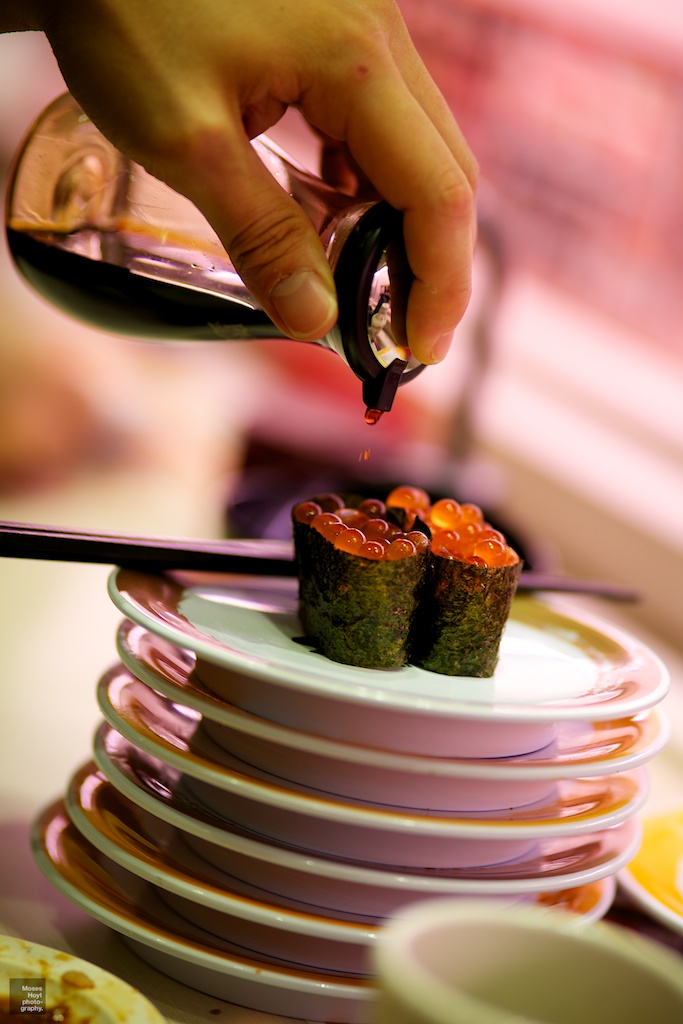As much as I’d quite like to write a full fledged review of the Canon EOS 5D Mark iii, I know that there’s far too many out there in the world and frankly while it might be fun to write one, I think most info about the actual camera has already been said many times over. So maybe it’s more useful to put, into 5 succinct points, what owning and using this camera can do to your photography.
I understand that the 5D is no consumer product, it was built with pros in mind, and not being a pro, I’ll have a very different take on what makes it so great. It may not be totally weatherproof in the same way that the 1DX is, it may not take 10+fps, but that doesn’t matter to me. What I want is a camera that reliably produces sensational photographs, placing the limit of your artistic endeavours entirely within your mind and not your equipment. If you have a great idea for a shot, you can most likely find a way of doing it with the 5D. My background in digital photography with SLRs has stemmed entirely from a 6 year stint using a EOS 350D, which was a fine fine camera. But it turns out that time and technology has changed. The 5D plays a whole new ball game. And so without further ado, the 5 ways the 5D Mark iii changes your life are:
1 – A Full Full Frame
 King’s College Backs, Cambridge. 50mm, 1/400, f/7.1, ISO 400
King’s College Backs, Cambridge. 50mm, 1/400, f/7.1, ISO 400
APS-C versus full frame is night and day. I knew it would be different, I knew it would be great, but not this great. Lenses are now what they say they are. A 35mm lens produces a 35mm field of view. None of this multiply everything by 1.6 rubbish. That said, I had to invest in a sick short telephoto purely because my lenses were now far too wide. And my 17mm fisheye is now a whole lot more fisheye than I was used to it being. However the implications of full frame go much further than just the field of view. The CMOS sensor is bigger, so more light gets to it, the pixels, while there are a lot of them, are larger, so a greater proportion of light gets to each one, with less noise than on an equivalent APS-C sensor. Long story short, more light gets to the sensor, so better photos in bad light and incredible photos in good light.
2 – Lighting now optional
 Two Spot Gobi at Pembroke June Event. 35mm, 1/640, f/4, ISO 3200
Two Spot Gobi at Pembroke June Event. 35mm, 1/640, f/4, ISO 3200
This is probably the largest change from my previous camera, and it’s all to do with the insane low light/high ISO performance. I’m one for maximising the light that hits the sensor, and making the most of the natural light available. Flashes and strobes are great, but it’s not the same as a cool winter sun. Previously, to maximise this light, and still take photos in which one could discern people (from image noise), I had to use fast glass. Fuck zooms. Who wants an f/4 zoom when you could get a f/1.4 prime. You’re getting 6 times the amount of light intensity with the f/1.4 prime. It makes a difference. So, I’ve got used to using only primes (I currently use a 17/4 fisheye, a 35/2, a 50/1.4 and a 100/2) and optimised my photography strategy around what you could call the old style (just like film). Essentially you assume the ISO is fixed (as with film) and the resulting image is a function of shutter speed and aperture. However, this has changed. The tradeoff is now threefold and between aperture, shutter speed and ISO. Just like a triangle.
The concept of a triangle’s always been there, but until ISO sensitivity became changeable on a shot-by-shot, situation-by-situation basis, the triangle wouldn’t be quite so flexible. Improvements in sensor size and technology have now allowed both high ISO images to look better, and even higher ISO images to be possible. Instead of just trading off between the f-stop and shutter speed, you can now pick the f-stop you want, set a lower limit on shutter speed and allow the ISO to be varied, but all the time minimised. All automatically. It almost takes the fun out of it. Now there is less of a requirement to use primes to allow low light performance. Yes they help – and resolve some fantastic quality images, but the game has changed a little. I’m still holding onto my primes though… Practically though, all of this means that the 5D allows you to take far better photos in low light than ever before. And for that I am happy.
3 – Autofocus Awesomeness
 Sherlock Holmes. 35mm, 1/320, f/8, ISO 100
Sherlock Holmes. 35mm, 1/320, f/8, ISO 100
From the moment the 5D Mark 2 was released, there was criticism about the potentially dated autofocus system that was used, so this perhaps was one of the expected changes in the Mark 3. Criticism and comments still remain (haters gonna hate…) but what’s packaged inside this camera is one hell of a serious autofocus system. It may have 61 points, with a whole number of cross type and vertical/horizontal points that will (soon with a firmware update) function down to f/8, but this really doesn’t matter if it doesn’t allow you to use if successfully to make great photos. Sharing (almost) the same autofocus as the flagship 1DX, there is a lot of customisation available. A lot. Going from my previous 6 point system in which I used the centre point 80% of the time, this is insane and definitely overkill. Yes, it may have taken me a couple days of playing around with settings till I found something that I liked, but I got there in the end, and every couple weeks now I still find more new awesome features. It’s the little things that I love:
- Saving different banks of autofocus settings for different orientations of the camera. All I have to do is turn the camera 90 degrees and the autofocus point changes from single point with expansion to zone AF.
- Being able to set the DoF preview button to switch between One Shot and AI Servo, so while taking a series of shots, I can instantaneously switch to Servo if I need to. And if I need Servo mode all the time, I can reverse the effect of the button allowing One Shot focus on demand.
- Moving the joystick to jump between different focus zones or focus points. And clicking the centre of it to jump back and forth between the centre and the last selected focus area.
- Swapping out the AE lock (*) button to provide immediate access to a well used corner focus point.
- Don’t get me started on the tracking. It’s unreal.
4 – Customisation
 DJ Daichi. 35mm, 1sec, f/10, ISO 50
DJ Daichi. 35mm, 1sec, f/10, ISO 50
Again maybe this is one of those little things that gets overlooked all the time. You could use the camera in auto mode forever and probably be content, or you could mess with the settings ever so slightly and make this camera a dream to work with. This may be one of those settings that pros use all the time and is overlooked by everyone else, but it shouldn’t be. There’s a heck of a lot of potential, but you have to know what you want.
The menus are dense, but comprehensive, and there’s a great little section where you can alter most of the functions of the external buttons (complete with a useful camera diagram as you do this). I’ve got my DoF Preview set to switch autofocus types, my AE lock set to a particular focus point, and a whole bunch of other subtle changes from the factory basis. While I don’t use the 3 custom modes much, their existence is wonderfully useful at particular times. I’ve got one set to manual mode with silent shutter, custom white balance, low ISO, and no photo display for time-lapse photos. Another is set for all my flash shutter-dragging, once again low ISO, 0.6 second shutter and around f/9 with second curtain sync on the Speedlite. The third I use a little for HDR and bracketing, but not all that much. I’ve set the magnifying glass button up so that it automatically zooms to 100% on the focus point, to check focus, and I’ve got the dual card slots set up currently to fill the SD card first, but with easy access to the card menu on the Q screen. Everything that I use and that I value on the camera, I can make immediately and easily available with all the custom settings. There was nothing like this on the 350D, and now having used these particular settings for a while, I’m pleasantly surprised with how useful I find the whole customisation concept.
5 – Laziness
 Genki Sushi. 100mm, 1/160, f/2.2, ISO 200
Genki Sushi. 100mm, 1/160, f/2.2, ISO 200
And finally, I feel that while this camera is great, it makes you lazy. Here’s an example: once upon a time I used to set the ISO manually, aiming to keep it as low as possible for each shot while still getting an adequate shutter speed. Now that I’ve found the Auto ISO and configured it so that it just works perfectly for me, I wonder why I wasted so much time fiddling with the ISO when I could have been taking better photos and not wasting opportunities.
At times I like reverting to film cameras to mix everything up and have a little change, especially a certain Pentax Spotmatic that I love. This is the polar opposite to the 5D3. While the Spotmatic can meter light, it requires you to change the shutter speed and aperture in order to get the needle pointing level. This takes time, but it’s rewarding, and allows you to frame a shot, meter, focus, recompose and finally, take it. Allowing so much thought to go into every photograph. I could do exactly the same with the 5D if I wanted, but I don’t and in a way, I’m still trying to ask myself why I don’t. The best reason that I’ve come up with is that the 5D does everything far too well without you having to interfere. I set one setting (the Aperture most of the time) and let the camera do the rest. And in 99% of cases it looks great, and I can fire off a burst of shots in an instant if I feel so inclined. It makes you lazy.
But this laziness, it’s not a bad thing. If anything, it makes the whole process of capturing a moment far more transparent and straightforward. You don’t need to think about how the equipment will work, or how it will respond to the conditions, you just take the photo. It’s possible to get a far greater sense of connection with the subject of the photograph, transcending the equipment and technology that you use to take it. Seems a little weird really, you spend more money on a camera so you can think less about it, for it to allow more photo possibilities. The camera is really just an enabler, allowing you to capture the situation, and when using the 5D Mark 3 it enables you to do so much more. You don’t just think about taking the photo, you go out and take it.
